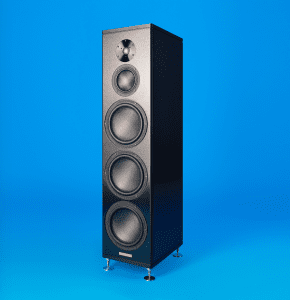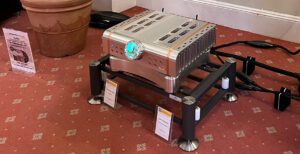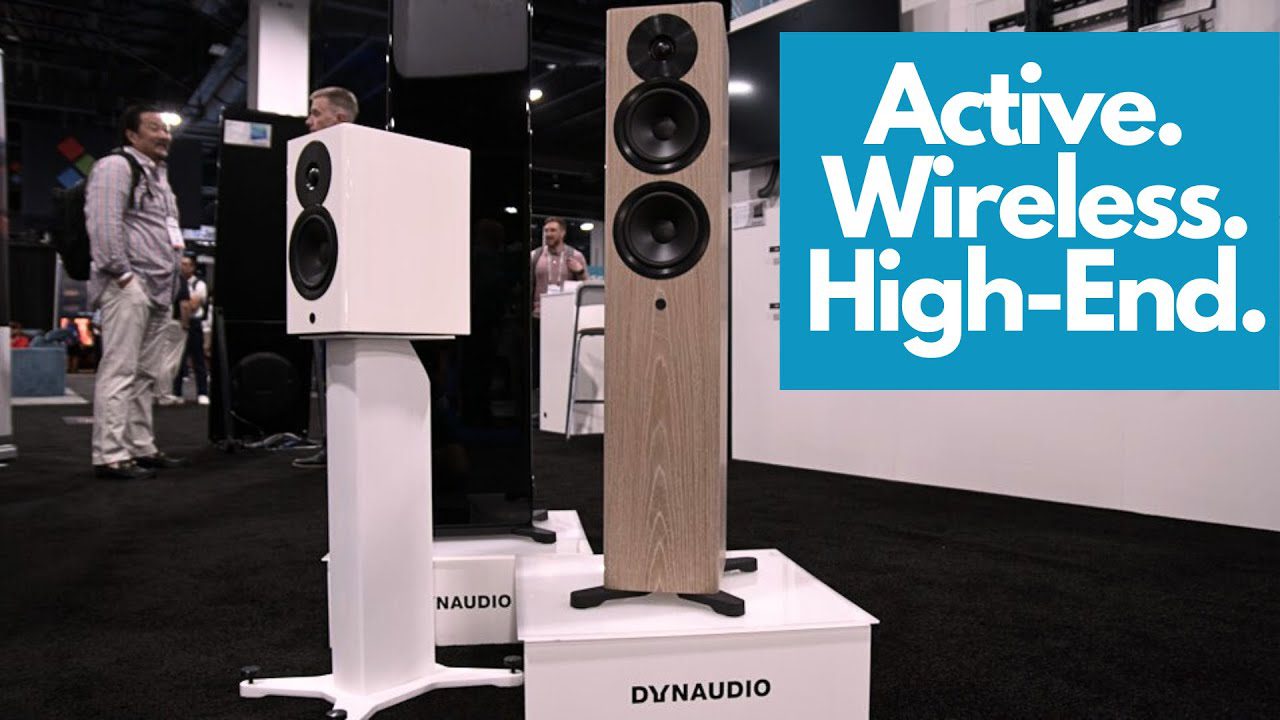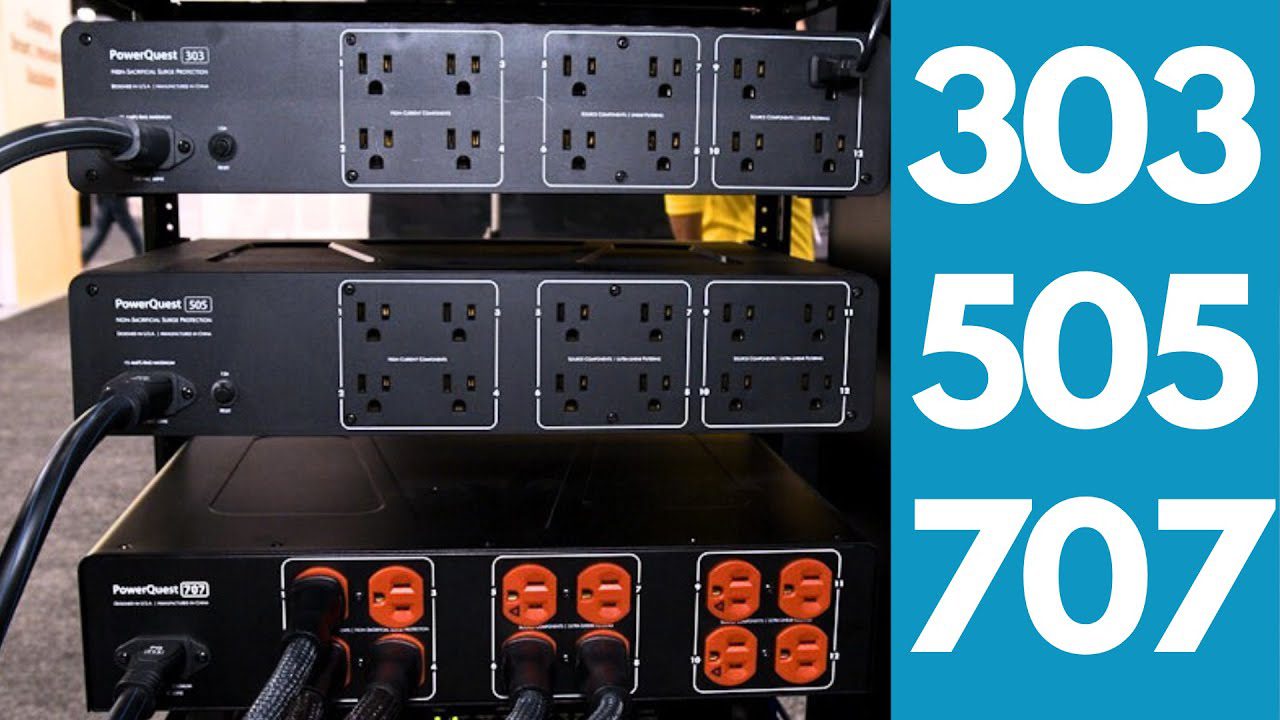
Like most reviewers, I listen to about a shop’s worth of great audio kit in an average year, but inevitably some of it is just that bit better than the rest, making me wish that I had stuck with the day job and had enough in the bank to buy this stuff. Such is the reviewers lot; we spend a few weeks in nirvana and then come back down to earth with a bump that’s followed by a downward recalibration of expectations, or at least an attempt to do so.
On the affordable side of things, two products have proved their worth time and again. The first is the Blue Horizon Spirit Level. This is a cylindrical level that was designed for turntables. It has a hole underneath with a clever clamping mechanism that means it sits right on the spindle and makes set up quicker and easier than conventional bubble levels. It also works with just about any other piece of kit you’d care to mention, in particular speakers (if they have a flat top) that I like to mount on Townshend’s Seismic Podiums. The suspension in these platforms means you need to move the speaker around to get it upright, and the Blue Horizon makes it very easy to establish when the job is done. The other consistently good yet affordable piece of kit I’ve found is Vertere D-Fi cable. These come in pretty well all varieties, but I tend to use the USB and minijack to RCA or minijack to minijack varieties. When I first hooked one up between the Mac and an amp, it was clearly superior to some USB DACs available at the time. Combined with their slim and highly flexible nature, this mean that despite a wealth of high end cables to choose from, the Vertere D-Fi cables are rarely far from the system.

Of the more expensive, yet not quite mortgage inducing components I’ve used, the Melco N1-A has proved among the most essential. The Melco is a digital transport of sorts, it contains 4TB of HDD storage with an audio grade power supply and both network and USB connections. You could call it a server, but few of that breed have a USB out, and in an age of ever more intriguing USB DACs, that is a very useful feature. It also has a dedicated Ethernet output that will hook directly to a streamer. There is effectively a network switch inside the N1-A, which means you don’t need an external one, only a connection to the network. Some argue that this could be achieved with a NAS drive and a switch for a lot less outlay, but in my experience such combinations rarely sound anywhere near as good. This is because computer peripherals have switching power supplies that screw the mains for the rest of the system, and because Melco has gone to the trouble of building a low noise server.
The most exciting amplifier I have used this year is the Naim NAP 250 DR; in truth, it’s the first Naim amp I’ve had at home that really gripped me. By incorporating the discrete regulation technology developed for its power supplies two years back with the NA009 output devices created for Statement, Naim has turned the oldest power amp in the range into a giant slayer. It has all the timing skills that the brand is renowned for alongside new found transparency; speed and resolution is a rare combination, and one that makes all your music vital again. It won’t turn the heads (ears) of valve fans, but it will give Naim a higher standing among the high-resolution fraternity, and frankly should prove a hit with anyone that loves great music.
The product that has been most entertaining to demonstrate to visitors, especially those bearing loudspeakers, is the Townshend Audio Seismic Podium speaker stand. The earlier incarnation of this isolation system, the speaker bars, did the same trick of significantly increasing coherence, transparency, and solidity of imaging, but it was difficult to set up and not suited to heavier speakers. The Seismic Podium looks good, keeps the speaker very close to the floor, and allows for any size and weight of speaker. The improvement in timing it brings is quite uncanny, but so is the way that instruments and voices become solid and three-dimensional in the room. Spikes were a diversion – genuine decoupling is the way to audio nirvana.

At the top of the pile in terms of cost, three notable products come my way. The Music First Baby Reference is a passive TVC, a transformer volume control, which has been evolving for a while and this year it jumped into the must hear league. I have tried the Baby Reference in the past and was always impressed but never entirely convinced. The V2 update changed all that. It is now among the most transparent preamplifiers on the planet thanks to a new shielding arrangement and a different winding on the transformers. It still has the same compact box with high quality parts on the outside and miles of fine copper wire inside, but somehow it manages to reveal the details that few others do. It highlights recording techniques, playing skills, and ultimately the genius of the musicians and composers we listen to so effectively that I found it hard to put down and get back to the keyboard. It might seem expensive for a passive component, but you try finding something better with or without mains current running through it at the same price or less and it’ll be a long search.
The best loudspeaker I’ve heard for a while is the PMC fact.12. In truth, I don’t recall a more transparent dynamic loudspeaker. In other words, some of the best panel speakers have been slightly more revealing, but they cannot deliver the power and dynamics on offer from the fact.12. Neither do they offer genuinely extended, high power bass that stops and starts on a dime the way that this speaker does. This combination of qualities means that you hear so much more in very familiar recordings that it’s mind boggling. The low level resolution is extraordinary and contributes to the aforementioned transparency in no small way. Combine this with a fluency and coherence across the bandwidth, and you have a speaker to rule them all. This is one of the few products that have left a permanent impression on me, a speaker that provides a benchmark for everything I have used subsequently, and sadly few measure up to it.
One product that I have heard a few times in various locations yet have so far failed to incorporate in the listening room is the Naim Statement preamplifier and monoblock power amps. But every time I hear it the desire to do so gets stronger. It completely blew my mind on its debut at CES in 2014 and this impression has been reinforced on all subsequent occasions. Unlike all the high power amps that I’ve encountered in the past, it does speed, timing, boogie – call it what you like – and connects you to the music on a fundamental level. But because you have a horsepower of Watts on tap it also moves air with alacrity. This is a visceral experience the like of which one rarely encounters with reproduced music. What makes me want to hear it at home, apart from the opportunity to hear everything anew, is the fact that I’ve only ever heard it with a streaming front end. What might dissuade me is the fact it could possibly tear through my floorboards and end up in a cellar of its own making. And while the Naim NDS is undoubtedly one of the best streamers on the planet, streamers as a whole are not always the most enthralling sources. You can see where I’m going with this I suspect, and what needs to be done is for the Statement to be used with a fabulous analogue front end like the Rega RP10 and Apheta 2 moving coil hooked up to a great phono stage. That I suspect would be a sound to die for. Yet when I ask the Naim guys if they’ve tried a turntable with Statement the answer is no – what is the world coming to? Clearly I am going to have to put it to rights once again. I just hope I can still squeeze into my satin tights after all these years.

Outside the heady world of audio, I like to charge around the woods on a mountain bike, it’s an exhilarating pursuit that’s not without its dangers and one major contribution to trail safety is a seat post that you can lower on the fly. If you are riding down a steep slope, the last thing you want is a high centre of gravity. Hence the Gravity Dropper Turbo LP lets you drop the saddle by five inches with a bar mounted lever. It’s one of many such designs, but unlike most, does have user serviceable parts inside, and it seems to be a lot more robust than the non-user serviceable hydraulic types.
Tags: FEATURED
By Jason Kennedy
More articles from this authorRead Next From Blog
See all
Best Loudspeakers: $20,000 – $50,000
- May 31, 2024

Audio Show Deluxe 2024: A photo show report
- Mar 28, 2024

Paul Messenger 1949-2024: A personal tribute
- Mar 26, 2024

Bristol Hi-Fi Show 2024: See You There!
- Feb 21, 2024









